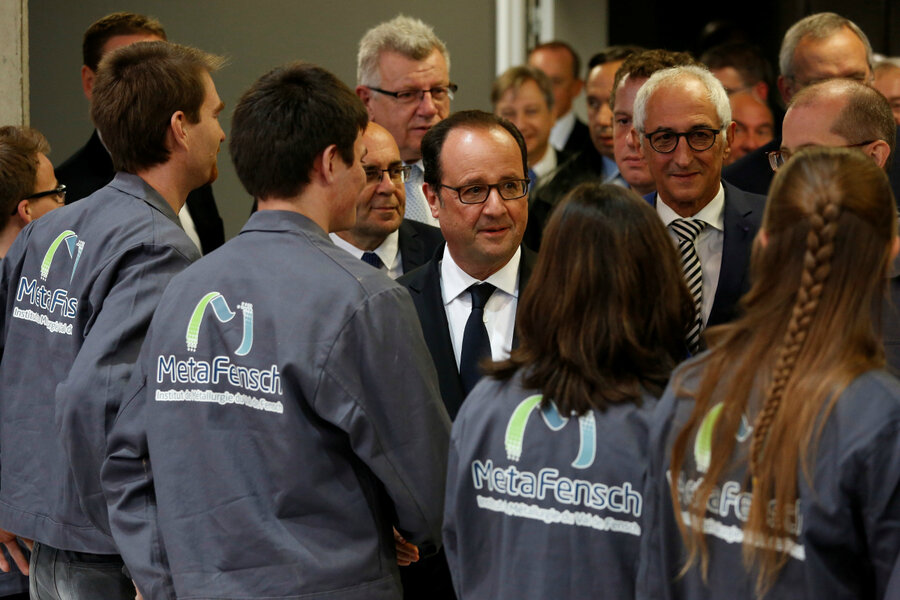For young or old, the 21st-century workplace is a challenge
Loading...
A new French law that took effect Jan. 1 asks employers to protect their workers from having to respond to work-related texts or emails after office hours.
But the well-intentioned legislation may end up being no more effective than was the royal decree of medieval King Canute as he watched the ocean’s tides disobey his royal command to cease their advance.
Technological changes have made a world of work chopped neatly into eight-hour-a-day units more and more rare.
The result has been a mixed bag for workers. For some, flexibility means a welcome opportunity to shift between work and home responsibilities more easily. But others may feel that, for them, the office clock never stops ticking, 24 hours a day and weekends, too – a schedule that is ultimately exhausting.
One survey found that nearly half of younger workers think of themselves as “work martyrs” who say they feel guilty if they take any time off at all. These young adults, often called millennials (by one definition those who reached adulthood after the year 2000) seem to be anything but slackers, as focused on their work lives as any previous generation. And their comfort with personal tech makes it easy for them to blur any attempts to place a bright line between their work and personal lives.
At the same time, “boomerang workers” – those over the conventional retirement age of 65 – are clocking back in to work in huge numbers. For the first time since just after World War II people over 65 now outnumber teenagers in the workforce, according to a study conducted for AARP, the advocacy group for older Americans. Some 18.9 percent of them were employed in part-time or full-time jobs in 2015. That’s nearly twice the 10.8 percent who were working in 1985, according to AARP.
Some of these “un-retirees” simply need the income, but many have other motives as well. Many find that a flexible or part-time work environment – sometimes called the gig economy – fits well with their goals. They may want some free time to spend traveling or with family, but they also are eager to stay productive and engaged. They often enjoy the camaraderie of the workplace and can be particularly valuable as mentors to younger workers.
Those who might pigeonhole older workers as “slowing down” or less productive have a powerful countermodel in President-elect Donald Trump, who, despite being well past conventional retirement age, displayed great energy and enthusiasm during his political campaign.
Whether young or old, about a third of workers are concerned that their age will hinder their career development, according to a worldwide study by ManpowerGroup Solutions, a human resources consulting firm.
The world of work may be much more complex than in generations past. Job security and high-paying full-time work are more rare. But adults of all ages are working hard to understand and successfully cope with the volatile 21st-century work environment.







